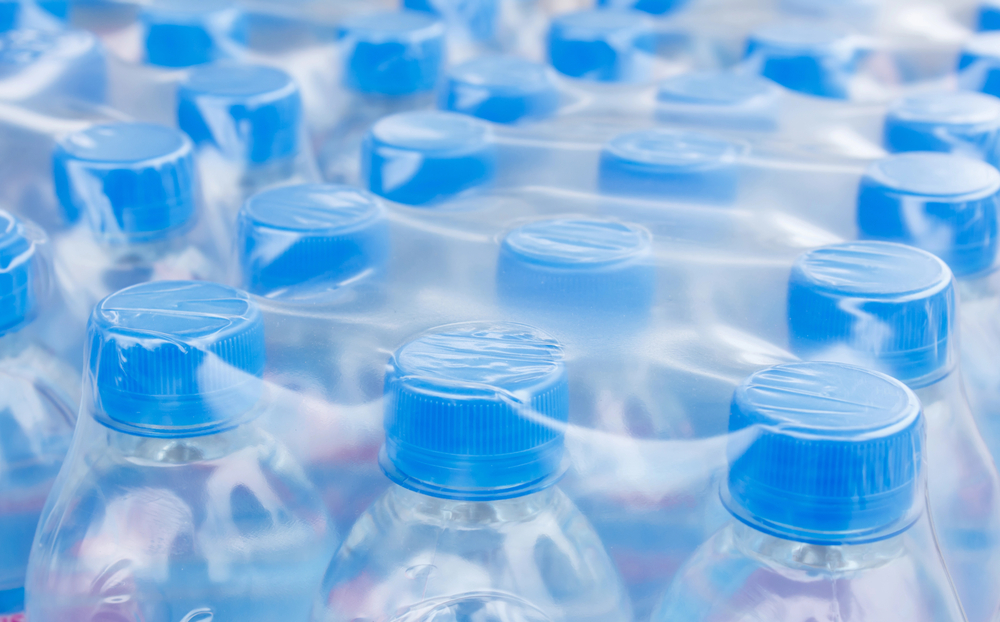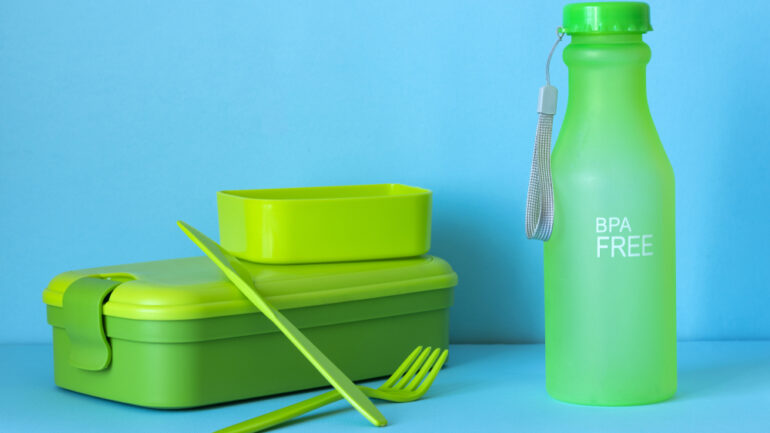By Caroline Majewski, Publishing Associate: Researcher and Writer at Save the Water™ | March 23, 2024
“The bottled water market saw 73% growth from 2010 to 2020, and consumption is on track to increase from around 350 billion litres in 2021 to 460 billion litres by 2030” (Dickie, March 2023, para. 2).
The Rise of Bottled Water
Factors like convenience, taste, and the element of perceived safety drive the increase in bottled water consumption
There are records of bottled water sold as early as 1767, but its demand rose in the 19th century. The majority of buyers were people who could afford the glass-dipped bottles or those who used them to avoid diseases such as:
- Cholera
- Typhoid
- Dysentery
In 1986, the Environmental Protection Agency (EPA) reported high lead levels in many public water systems. Coupled with the invention of polyethylene terephthalate (PET) plastic bottles in 1973, many began to distrust public tap water and switched to bottled water.
The fears about water sources aren’t always unfounded. Even now, over 80 percent of illnesses in the developing world are linked to and made worse by water problems. Natural disasters can pollute water sources, and lead poisoning can pose serious problems. All of these affect communities and people.
This could lead someone to think bottled water is the better choice, but is that true?
What’s in Our Bottled Water?
New research states that bottled water has higher amounts of microplastics than previously thought. Microplastics are tiny pieces of broken-down plastic (less than five millimeters in length). They come from different sources:
- Larger debris and trash
- Microbeads
- Beauty and healthcare products
- Textiles e.g., fishing nets
- Water bottles
Recent studies have also shown even smaller pieces (between one nanometer and one micron) of plastic called nanoplastics. The results found that a one-liter water bottle may contain an average of 240,000 plastic pieces. This is compared to a 2018 study that cited only 300 plastic pieces.
Nanoplastics have different effects compared to microplastics:
- They can pass through the intestines and lungs into the bloodstream.
- They can travel to different organs.
- They can invade individual cells.
- They can cross through the placenta into an unborn baby.
While some of the plastic found in water predates bottling, bottled water contains higher amounts of plastic than in other sources.
Bottled Water in Water-stressed Areas
Water stress occurs when the demand for water surpasses what is available. This includes temporary periods of zero access and poor quality water. Over two billion people live in water-stressed places, and over 40 percent of people globally don’t have access at all. Sadly, as climate change and population growth continue to occur, this will only get worse.
As natural sources of water vary in quality or amount, people begin to rely on other sources. In short, people start seeing bottled water as a “safe” water supply option. As a result, the global bottled water market has grown 73 percent from 2010 to 2020 with no end in sight. In 2022 alone, 15.9 billion gallons of bottled water were sold in the United States. And it is likely to increase to 460 billion liters by 2030.
How Regulated is Bottled Water?
In addition, bottled water quality is not as regulated as we think. About 25 percent or more of bottled water is just tap water. Tap water is regulated by the EPA, which must disclose its testing results to the public.
Bottled water, however, is regulated by the Food and Drug Administration (FDA) as a food product. The FDA doesn’t compel bottling companies to use licensed laboratories for water quality testing or to report test findings. Although the FDA looks to the EPA for some rulings, they don’t follow exact standards.
Looking Ahead
This issue is not new and continues to cause concern. We are trying to improve the quality of water and reduce microplastics. But the fact stands that environmental and health effects are a problem.
With higher bottled water prices, more plastics found in the water, and the environmental effects of making the plastic, a change is necessary. There are cases where people have to drink whatever water they find, but those who have a choice can choose a better way.





